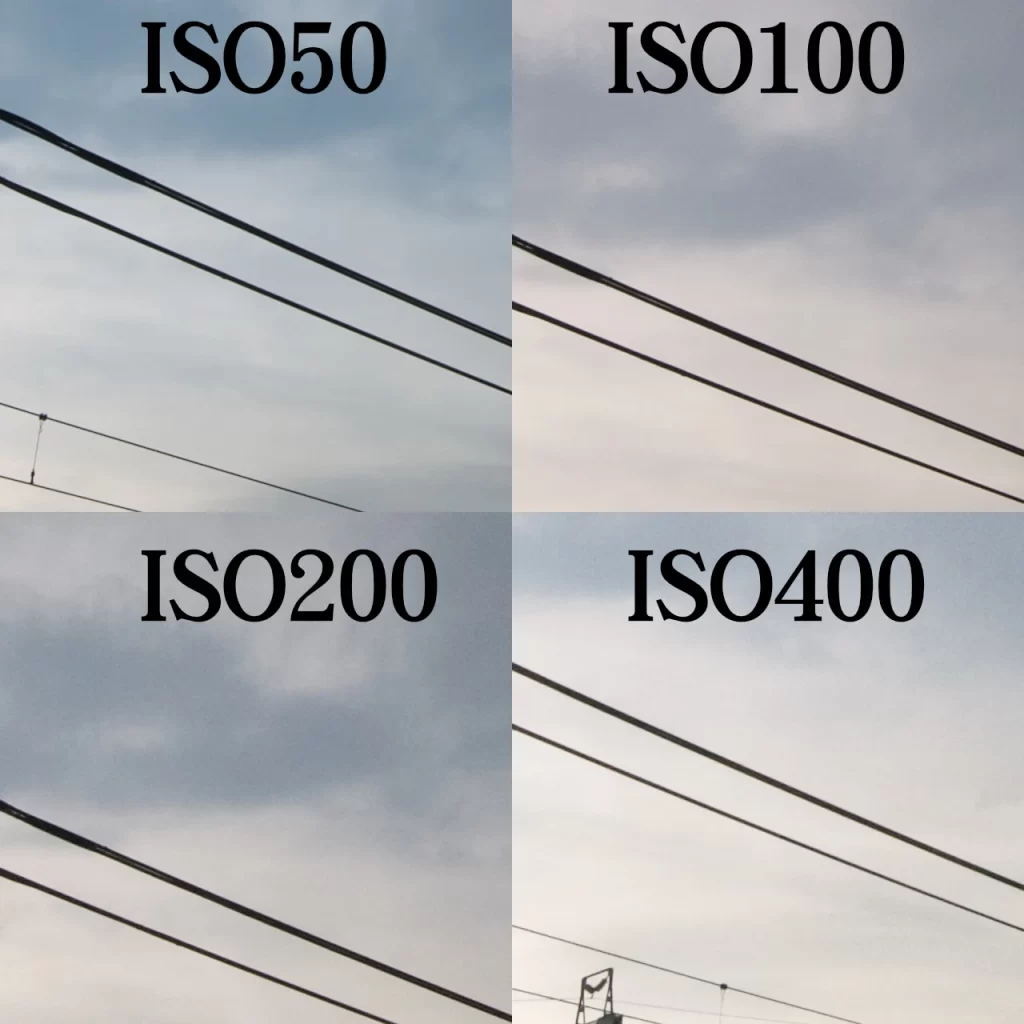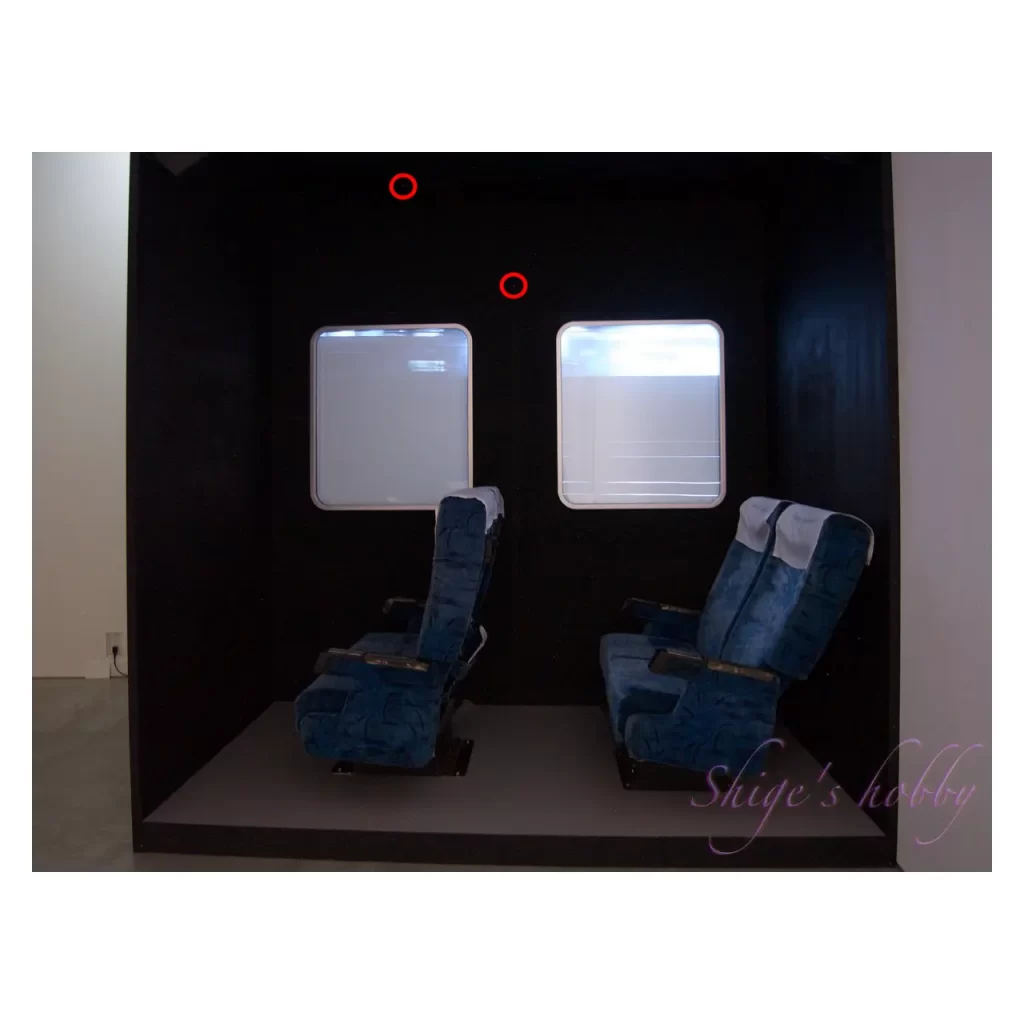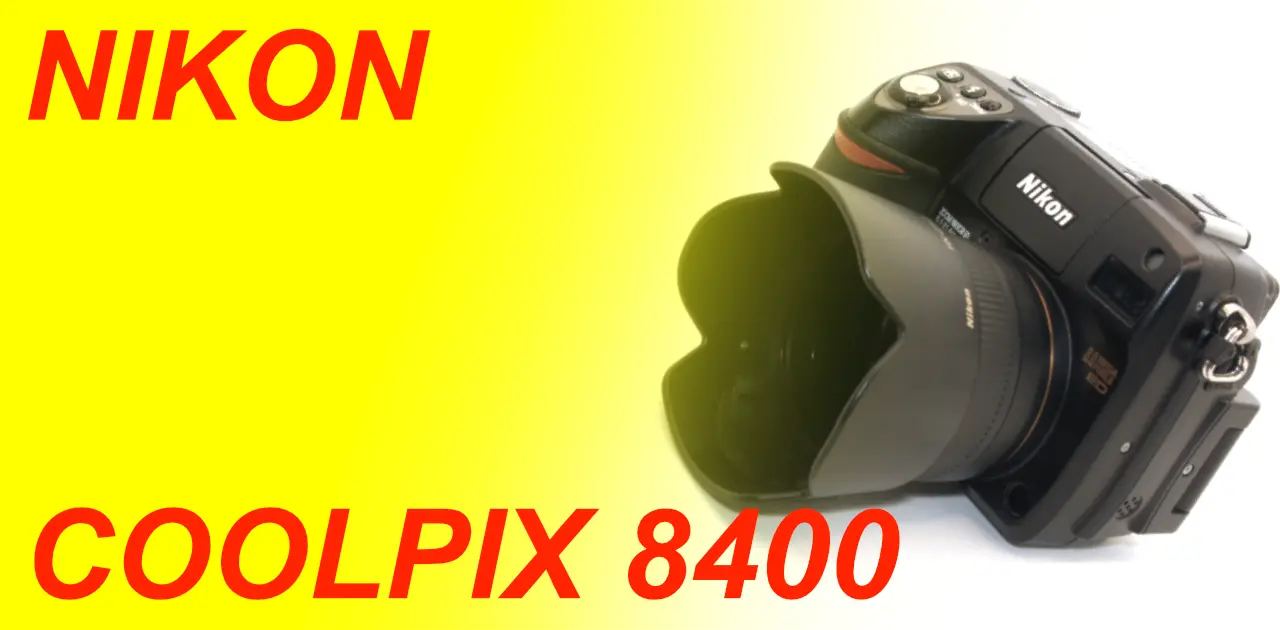Last updated on 2025-08-14
A review and photo examples of the Nikon digital camera Coolpix 8400.
- Please see the disclaimer regarding advertising here.
- Italicized links in the text are advertisement links that take you to other sites.
Table of contents
Gallery
Review
1.Overview
The Coolpix 8400 is a Nikon digital camera with a built-in lens that was released in 2003. It is the flagship wide-angle camera of the series that does not have a COOLPIX initial in the model number. As shown in the specifications below, the flagship camera that emphasizes the telephoto side is the COOLPIX 8800.
Both cameras are fine old compact digital cameras that have been released for more than 20 years.
The image sensor of the Coolpix 8400 is 8 megapixels, with a maximum resolution of 4032 x 3024 at a 4:3 ratio. With 4000 pixels horizontally, the resolution and image quality feel sufficient.
The focal length is equivalent to 24mm to 85mm in 35mm format, the viewfinder is an electronic viewfinder (EVF) with a resolution of 240,000 dots, and the ISO sensitivity is 50 to 400.
The battery is a dedicated lithium-ion battery EN-EL7 or EN-EL7e (with charge capacity display).
The recording media is CompactFlash (CF).
2.Usability
As for the usability of the Coolpix 8400, since it is an old camera, the negative aspects are inevitably noticeable as of 2025.
The viewfinder is a 240,000-dot liquid crystal viewfinder (hereinafter referred to as EVF), and compared to EVFs with 2 million dots or more that will be standard in 2025, the display speed and display quality must be said to be low. In addition, it is difficult to determine whether the focus is as intended by the photographer while looking at the EVF, and it can only be used to check the composition and brightness.
This is probably due to the aging of the viewfinder part of the camera I own, or perhaps due to the viewfinder being slightly cloudy.
And since it is a camera that emphasizes the wide-angle side, distortion can be noticeable depending on the distance from the subject, perhaps due to the focal length being extended to 24mm at the wide-angle end.
Regarding distortion, in NX Studio Ver1.8.0 provided by NIKON, it was not possible to turn on the check for distortion correction for images from this camera.
Although it is paid software, Affinity Photo2, which I personally use on a regular basis, has a correction profile for the E8400, so if you turn on the distortion correction function, it will automatically correct the distortion from the EXIF information.
One of the weaknesses of the Coolpix 8400 is the battery. It uses a dedicated lithium-ion battery model number, EN-EL7, EN-EL7e (with charge capacity display).
This battery was only used in two models, this camera and the Coolpix 8800, and the camera manufacturer Nikon has already discontinued production of it.
Since batteries with model numbers that are used by a small number of cameras cannot be expected to sell well, compatible batteries are no longer available on the market.
Because of this situation, it is difficult to obtain batteries, and when I bought an unused battery at an auction, I ended up in a sad situation where I bought a garbage battery because the battery part had deteriorated and broken due to over-discharge and could not be charged.
After all, it is reassuring to use an old camera that runs on general batteries such as AA batteries. In order to run the Coolpix 8400 on AA batteries, you will need the vertical grip: MB-CP10.
When I got the Coolpix 8800, which uses the same battery EN-EL7, I also got a battery grip (MB-CP11) that uses six AA batteries, so I hoped that I could use that battery grip with the Coolpix 8400, which has the same battery model number. However, although the battery insertion part is the same, the shape of the bottom of the camera is different, so unfortunately I was unable to attach it. It’s unfortunate that they didn’t consider compatibility in this way.
Image storage formats are Raw and JPEG, and there are eight types of JPEG storage quality, but with a 4GB CF, you can take just under 300 photos in Raw (NEF) format. It also recognizes 16GB CF cards, so there is no need to worry about the recording media.
When shooting in Raw format, the image size is 13MB and the image recording time is 20 seconds. The display blackout will disappear after about 10 seconds of recording, and you can start shooting the next shot, but at that time the AF response and button response may be poor, so I feel it is better to wait until the 20 seconds of recording is finished before operating. JPEG-Extra has an image size of 4MB and a recording time of 3 seconds, allowing for good shooting tempo.
Raw has a slow shooting tempo, but the files are large in size and contain a lot of tonal information, which gives you great freedom in image editing. You should use Raw in scenes with a large difference in brightness where it is difficult to determine the exposure. The images below are samples showing the tonal gradation that remains when blown-out areas of JPG and RAW have been corrected. You can see that Raw retains the frame information that is blown out in the uncorrected image at the bottom right.

ISO50 is the base sensitivity, with an upper limit of around ISO400. Even at ISO50 there is the same graininess as at ISO200 on a 2024 model camera.
Below is an example of ISO sensitivity, with the centre of an image taken in Raw cropped out. You can see that noise increases as the ISO is increased. Judging from the results outdoors in sunlight, I think up to ISO200 is acceptable.

Rather than the ISO sensitivity, the difficulty with the photos taken with this camera’s sensor is that it records bright spots that are thought to be caused by thermal noise that occurs in the sensor during long exposures.
The example below is the result of a handheld shot at ISO 50 with a 0.4 second exposure. Although they appear to have disappeared in the reduced image on the left, the cropped image on the right shows that bright spots have appeared here and there in the black areas. You can see this more clearly by opening the partial image in a new tab. We presume that modern digital cameras have taken various measures to prevent such bright spots from occurring, but this is thought to indicate the technological limitations of the time.
If you can’t see the bright spots in the reduced image below, you can see them by saving the image and displaying it at full pixel size.

Since the release of this camera, the trend has been towards lower prices for interchangeable lens SLR cameras, so this product marked the end of high-end integrated lens cameras like this one.
3.Summary
To sum up the Coolpix 8400 operation is generally sluggish, including image recording and menu display, and the image quality is only commensurate with a small sensor. Raw development does not result in a remarkable image quality.
It is an old digital camera that is already over 20 years old, so if you use it with excessive expectations, you will not get good results. As a wide-angle zoom digital camera from the digital camera development era, I recommend shooting slowly at the pace of the camera.
Specification and Competitor
| Items | Coolpix 8400 | COOLPIX 8700 | Coolpix 8800 |
| Camera effective pixels | 8 megapixels | ← | ← |
| Focal length | 3x Zoom Nikkor Lens f3.5x Zoom Nikkor lens, f=6.1-21.6mm (equivalent to 24-85mm in 35mm), F2.6-F4.9, 2 ED lenses used | 8x Zoom Nikkor lens, f=8.9-71.2mm (35mm equivalent: 35-280mm), F2.8-F4.2 | 10x Zoom Nikkor lens, f=8.9-89mm (equivalent to 35-350mm in 35mm format), F2.8-F5.2, 2 ED lenses used |
| Lens Construction | 10 elements in 7 groups | 14 elements in 10 groups | 16 elements in 10 groups |
| Leaf blade | 7 | ← | ← |
| Image sensor | 2/3-inch CCD | ← | ← |
| Max ISO | 400 | ← | ← |
| Back LCD | 1.8-inch, 134,000 pixels | ← | ← |
| View Finder | EVF, 0.44 type, 235,000 pixels | ← | ← |
| Battery | EN-EL7、EN-EL7e | EN-EL1 | EN-EL7、EN-EL7e |
| Recorded Media | Compact Flash | ← | ← |
| Size(mm) W x H x D | 116 × 85 × 121 | 113 × 105 × 78 | 116 × 85 × 121 |
| Weight(g)(only body) | 400 | 480 | 600 |
| Release date | October 1, 2004 | February 14, 2004 | November 12, 2004 |
| Price(Yen/No-tax) | Open price (around 110,000 yen) | Open price (around 130,000 yen) | Open price (around 130,000 yen) |
Options
This camera has many exclusive options, such as the HN-CP12 lens hood, three adapter rings for attaching teleconverters and wide-angle converters, and two converter lenses (fisheye, wide, and telephoto). Since the camera is no longer on sale, it is difficult to find used ones, except for regular teleconverters.
To attach the hood and adapter ring, remove the decorative ring around the camera lens, and you will find a thread on the lens barrel, into which the hood and adapter are screwed. The hood is an elaborate product that has a rotating part separate from the screw-in part so that the position can be adjusted after screwing it in.
The hood happened to be in stock at Antiquary, a store that specializes in hoods, so I bought it at almost the list price. I’m just happy that I was able to buy it at the list price.
However, this optional attachment part is a standard that was only available on this camera, so of the options in the table below, the wide converter WC-E75 (0.75x) can only be used officially with this camera.
The teleconverter and fisheye converter FC-E9 (0.2x) is compatible with several cameras, but you will need to prepare an adapter for each camera to attach it.
Nikon’s optional parts for compact digital cameras tend to be more versatile than other manufacturers’, but it can be a hassle to need an adapter to connect to cameras with retractable lenses. Adapters have a low list price, but most are no longer on sale, so if you look for them second-hand, you may be able to get a premium price.
- Fisheye converter: FC-E9 (0.2x)
- Wide converter: WC-E75 (0.75x)
- Teleconverter: TC-E3ED (3x)
- Teleconverter: TC-E3PF (3x)
- Lens hood HN-CP12
- Adapter ring UR-E14 (for WC-E75) ¥2,500 (excl. tax)
- Adapter ring UR-E15 (for TC-E3ED/TC-E3PF) ¥2,500 (excl. tax)
- Adapter ring UR-E16 (for FC-E9) ¥2,500 (excl. tax)
- PC connection kit
| Fisheye FC-E9 | Wide-angle converter WC-E75 | Telephoto converter TC-E3ED | Telephoto converter TC-E3PF | |
| Lens Construction | 5 elements in 4 groups | 4 elements in 4 groups | 6 elements in 3 groups | ← |
| Converter Magnification | 0.2x | 0.63x | 3x | ← |
| 合成絞り値 | No change | ← | ← | ← |
| サイズ | ? | 75*29.5 | 75*78.6 | 61*64.3 |
| 取付径 | 28mm | ← | ← | ← |
| Filter Diameter | – | 72mm | 72mm | ? |
| Weight (g) | 205 | 150 | 260 | 175 |
| Compatible camera connection adapter | COOLPIX8400:UR-E16 COOLPIX8700:UR-E12 COOLPIX8800:UR-E18 | COOLPIX8400 Adapter ring UR-E14 | COOLPIX8400 Adapter ring UR-E15 | COOLPIX8400 Adapter ring UR-E15 |
| Price (¥/tax not included) | 45,000- | 30,000- | 29,000- | 80,000- |
Reference links
- Nikkor One Thousand and One Nights – Night 24: Converter Lens for COOLPIX 4300
- Slightly View Low Magnification Binoculars
Affiliate links

Update history
- 2025.2.18
- 2024.09.6



Be First to Comment